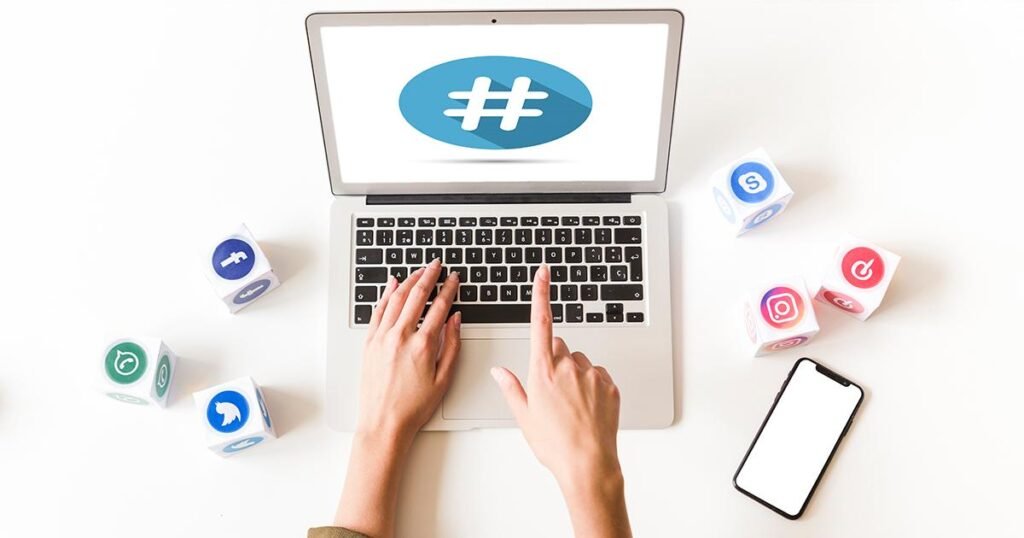Lately, it is easy to differentiate a real photo from an AI-generated biased one. Since the invention of reliable AI image generators, thousands of images of celebrities in uncalled-for situations are circulating over the internet. Most of such images are faked. More alarmingly, they are created in no time in relatively simple, quick sentences. For security experts, the increase in AI-generated images implies analysts will need more diligence when handling any form of online investigation. As time passes by, examining any image will require you to ask yourself if it’s real or AI-generated biased. Keep reading and learn some tricks and tips to help you identify AI-generated bias images:
Check the Hands
Since coming up with realistic-looking a hand is a daunting task for AI, checking the hands of individuals in a photo would enable analysts to identify a fake photo. The majority of AI-generated pictures depend on pre-existing patterns and data sets to create images. However, hands are intricate, with unique counters and shapes that are challenging to simulate. Consequently, all AI-generated hands tend to appear non-organic, with unrealistic prepositions and awkward positioning. Also, with fake hands, there are inconsistencies in lighting or placement. AI-generated photos typically have idea symmetry, and the hands may look exceptional compared to other images.
Check the Details in the background.
Checking closely at the details on the background, some aspects can help in analyzing the authenticity of an image, including:
·Billboards
·People
·Signs
For instance, reflections in a photo may look inconsistent or distorted if they have been derived artificially. Similarly, individuals, billboards, and signs in the background of an AI-generated photo may look pixelated or blurred, as AI algorithms may prioritize the key subject of the image and the details in the background.
You Need to Do a Reverse Search of the Image
Reverse image search is a technique applied by analysts to determine whether an image is AI-derived or genuine. This may incorporate the use of engines such as Google, Yandel, and Bing or great tools like Tin Eye. To execute this, they tend to uphold the image you are looking for, and the search engine will come up with a list of web pages composed of similar photos. When you examine the outcomes, you can determine if the image has been generated by an AI tool.
Check Facial Aspects
Another crucial thing that you need to check in an AI-generated image is typically the facial features of the individuals represented in the photo. For instance, eye contact can be challenging for AI algorithms to simulate realistically. And as a result, AI-derived images tend to have inconsistent or unnatural gaze. As an analyst, you should check other signs of inconsistencies, including the quality of the image, the resolution, and the lighting.
Verification of the Source
When you verify the source of the image, as an analyst, you can determine whether or not they are checking a genuine photograph. For instance, if a photo is claimed to have been taken by a specific photographer, you can investigate the authenticity of the image by examining the metadata. If they exist, data reveals discrepancies or inconsistencies; this may be an indication that the image is entirely AI-generated and fake.
The increase in the utilization of AI-generated pictures in various domains is raising serious concerns regarding the potential misuse of these images for malicious or fraudulent purposes. It is imperative to be able to determine AI-generated pictures to eradicate any adverse effect on various organizations.
